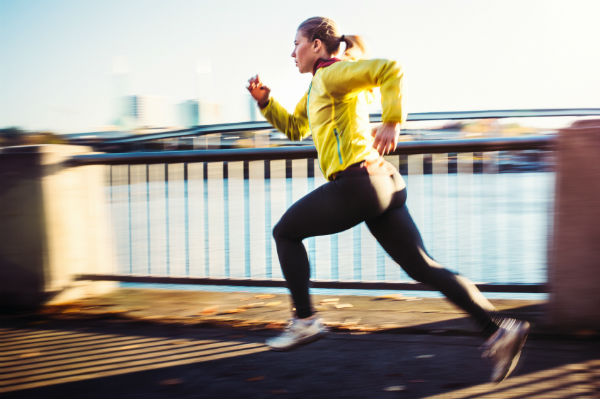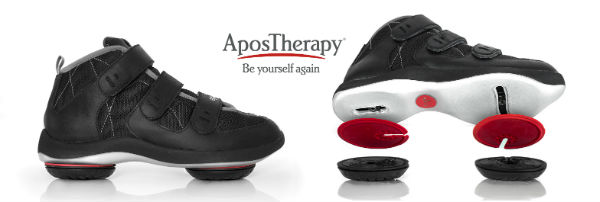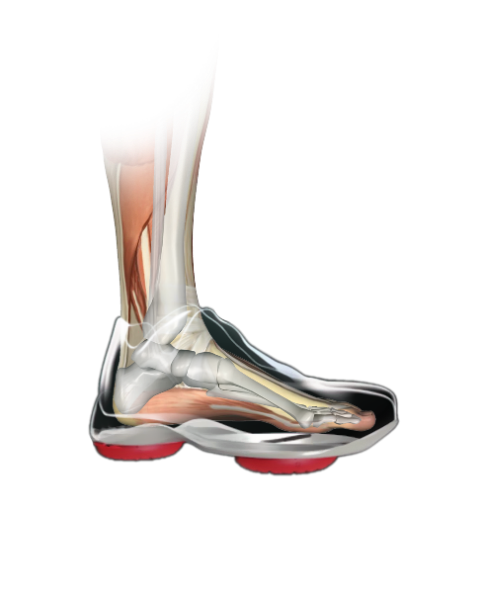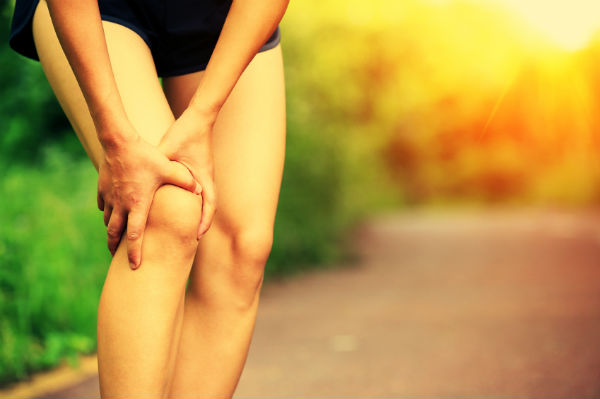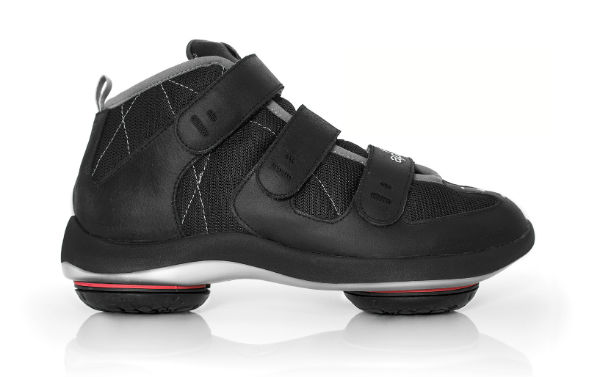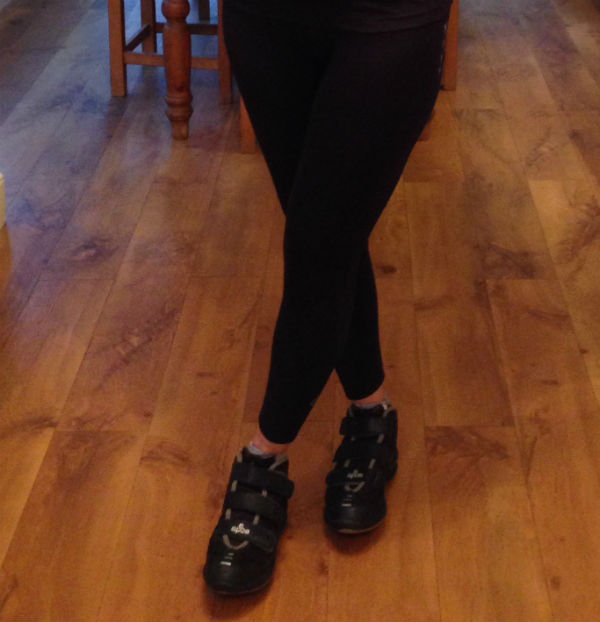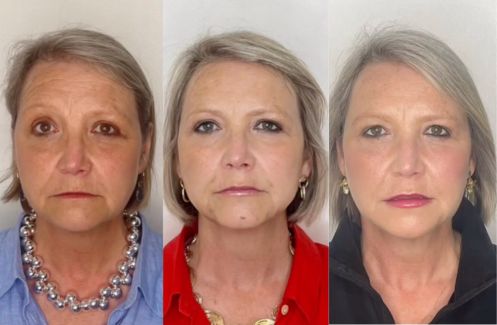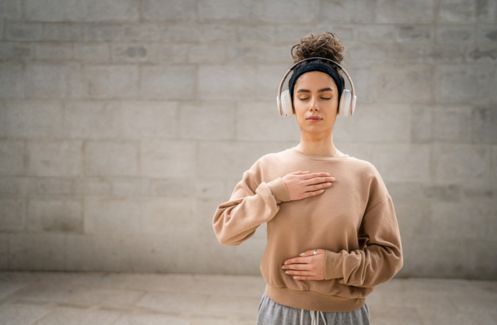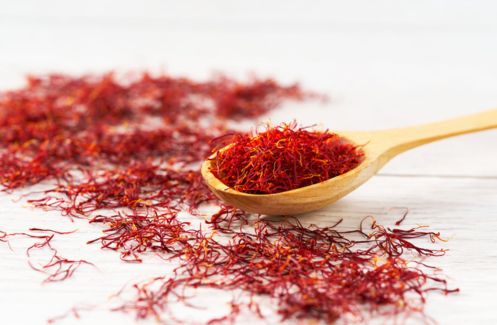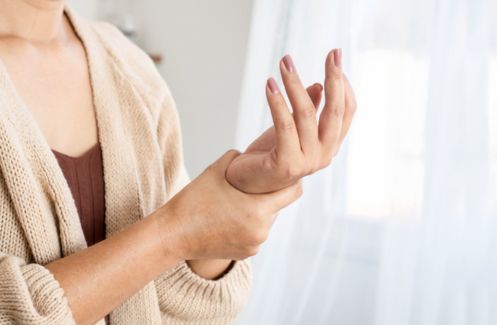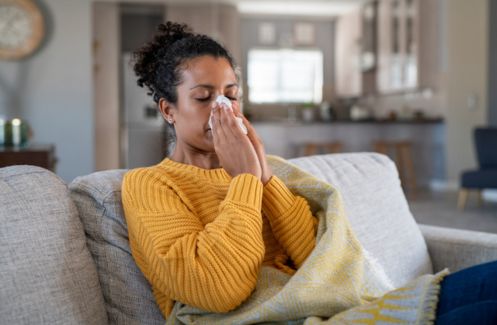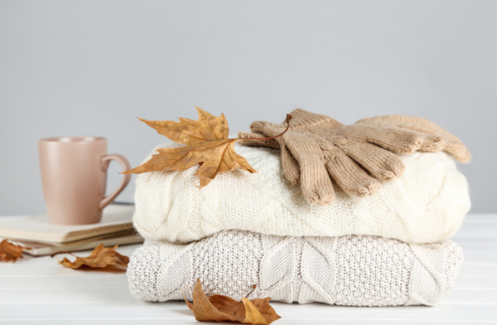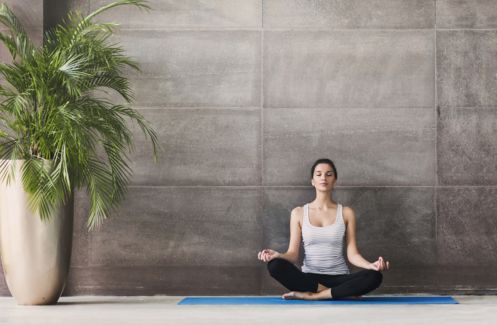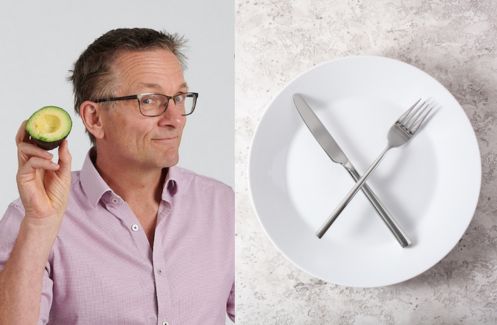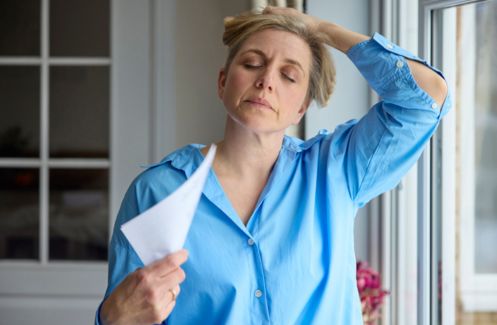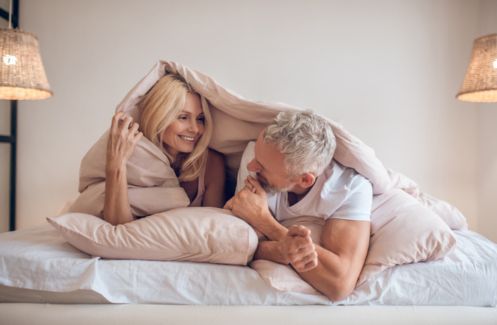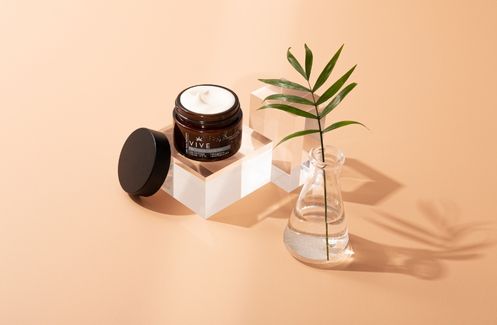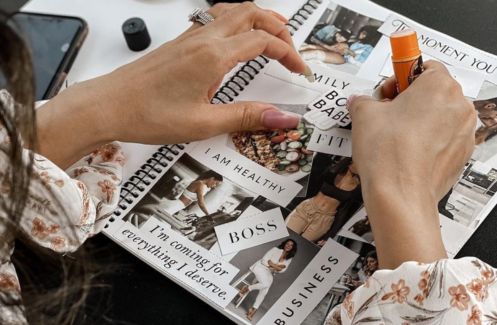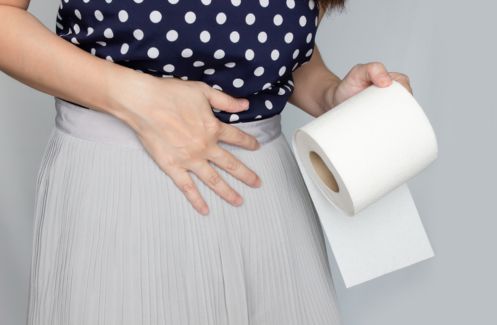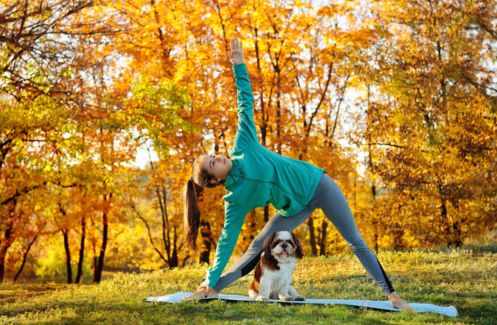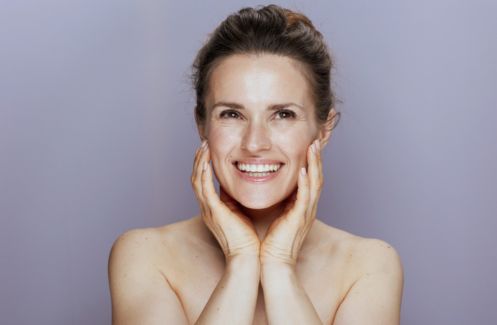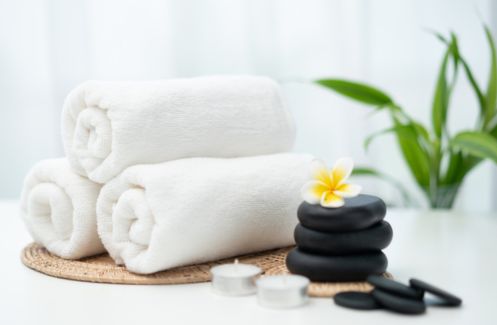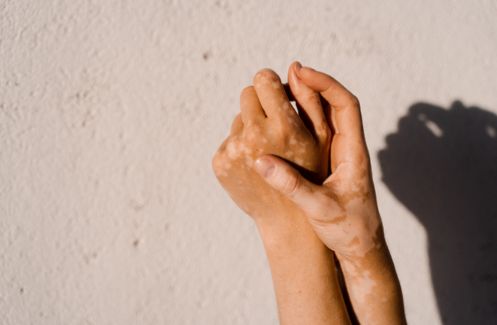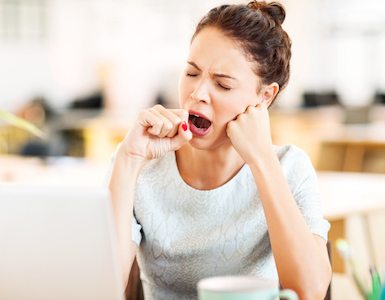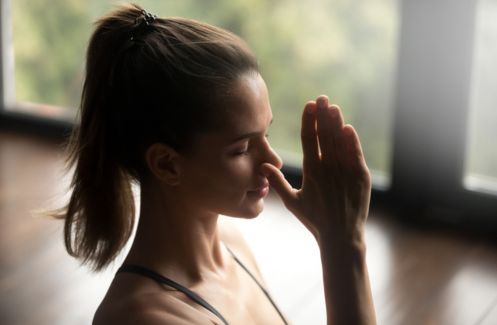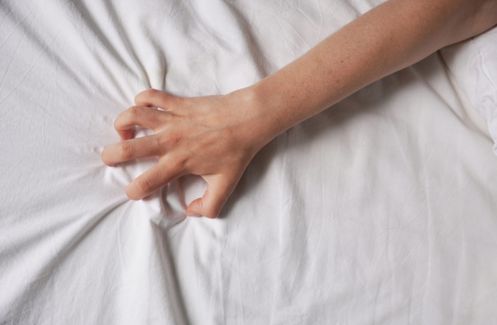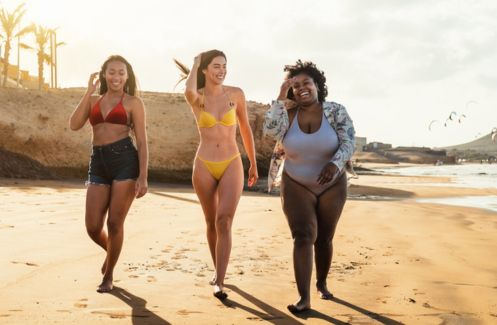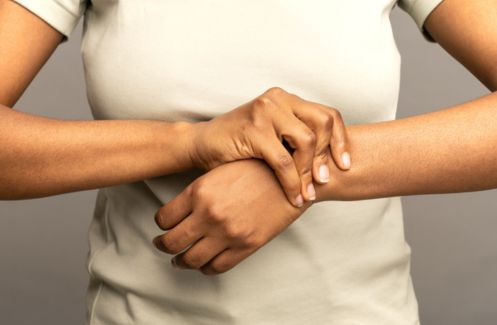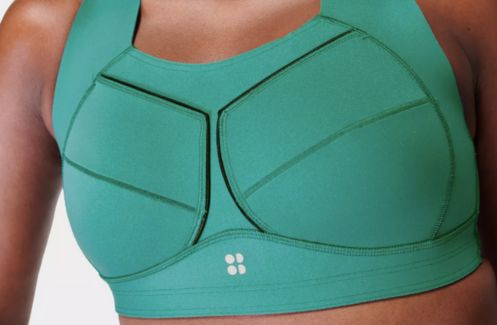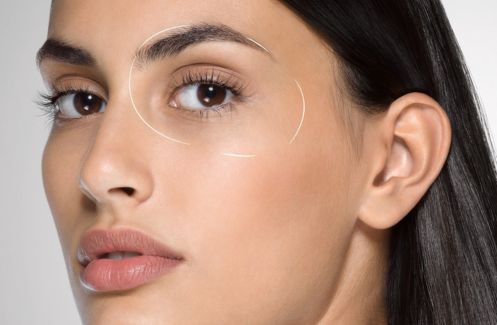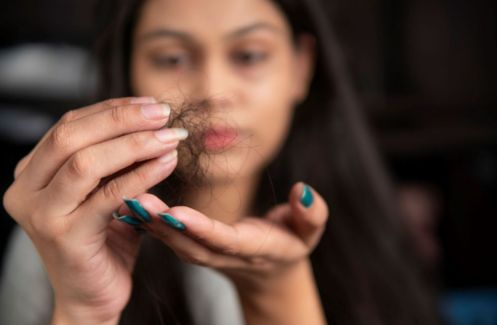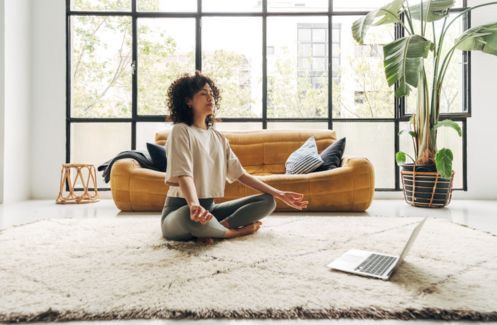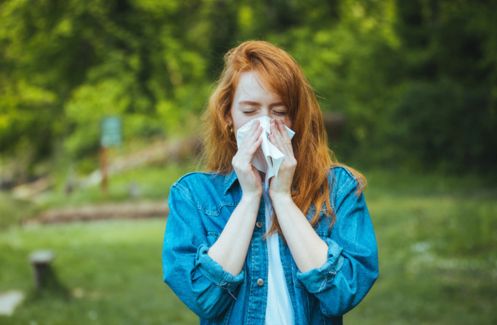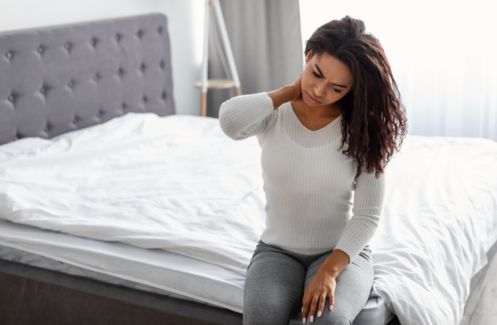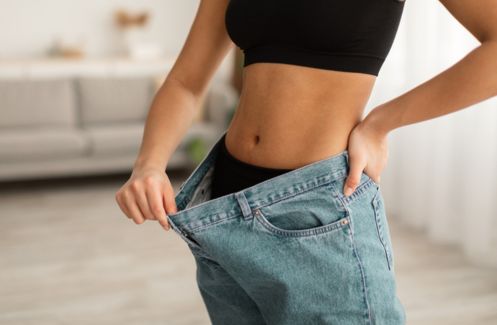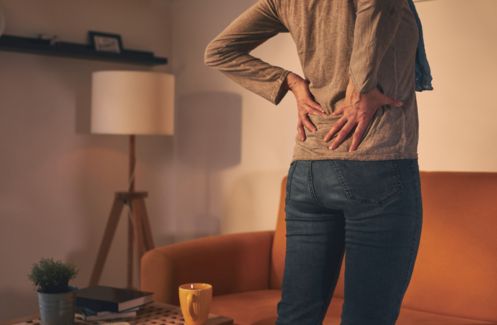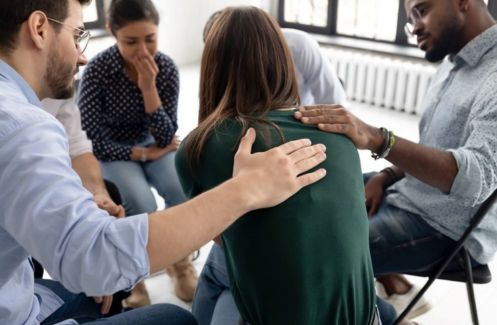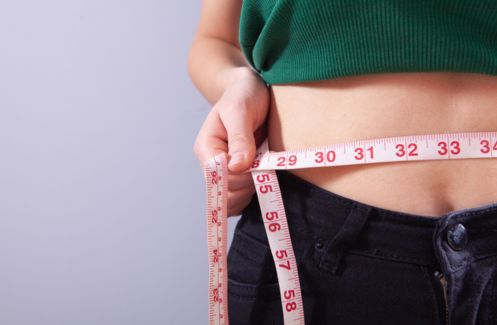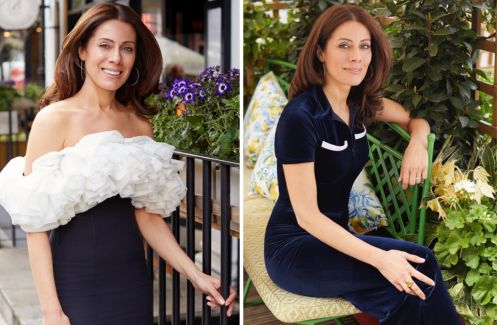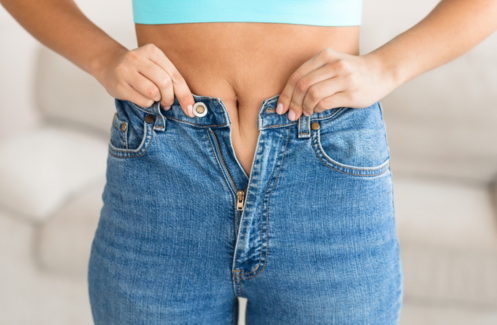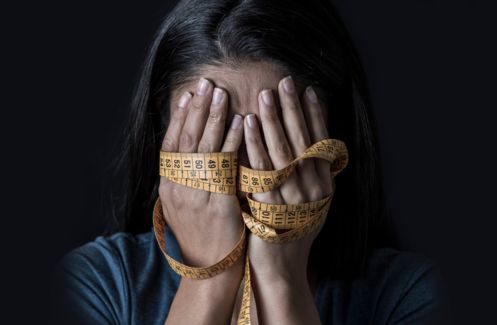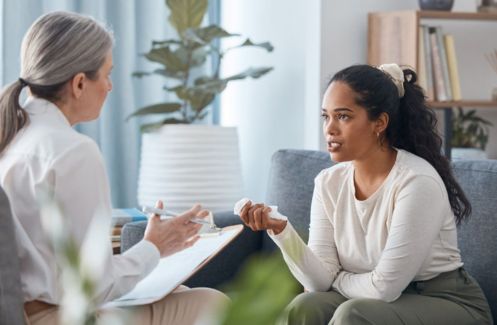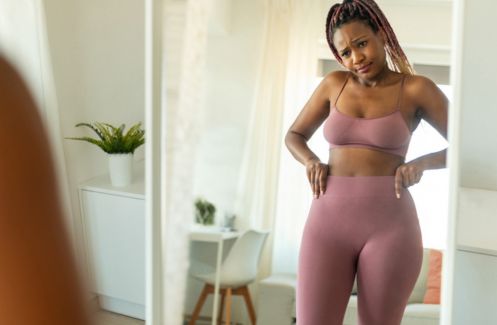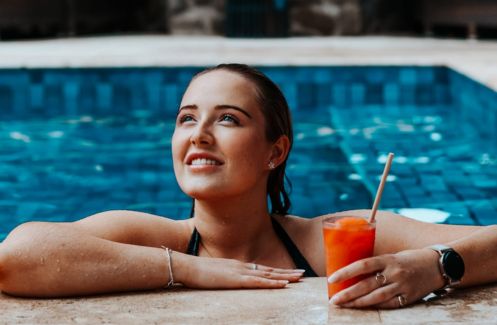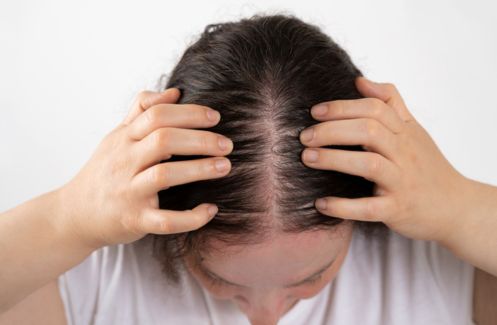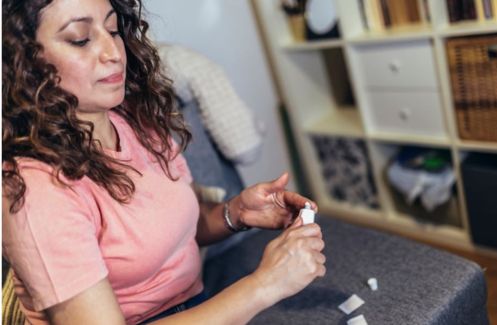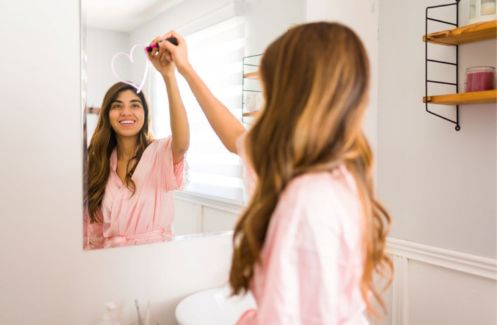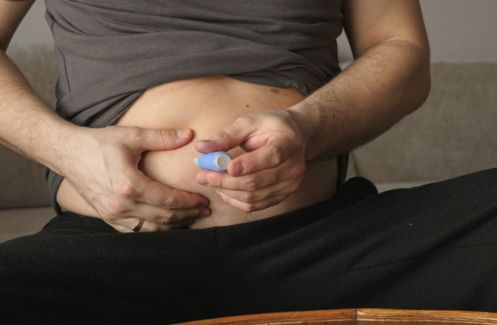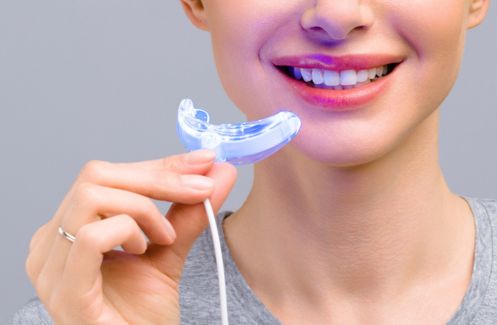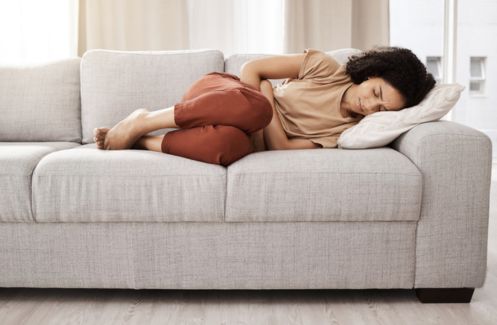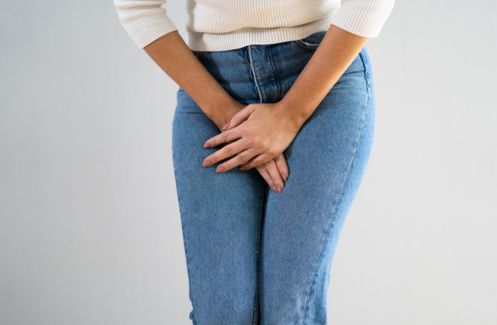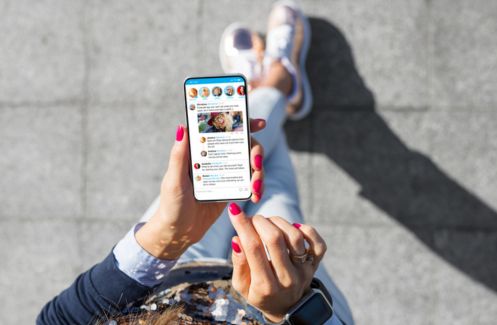Do you suffer from Runner’s Knee? Sally Brown tried out this new pair of trainers which helps not only runner’s knee, but also corrects and eliminates back pain
Like any runner, I can rattle off a list of reasons for loving it – it helps me deal with stress, boosts my mood and energy levels, gets me outdoors, makes me feel in control of my life, and is virtually cost-free (when I can resist the lure of new kit). As for the downsides, for me, there’s really only one, but it’s a big one – the persistent, niggling injuries. Hello, runner’s knee. Every few months one of my knees gets sore and inflamed, stopping me running for a few weeks. When I look at the tiny frames of top female runners, sometimes I suspect I just don’t have the right body type for running (too tall at 5’9” and too heavy at over 10 stone). So I tell myself to ‘be sensible’ and just give it up, but then I’ll drive past a happy-looking runner and feel such a pang of envy, that I find myself reaching for my trainers as soon as I get home.
I’ve tried various treatments over the years – physio exercises, orthotics, ‘barefoot’ trainers, sports massage, kinesiology tape, foam rollering. Some seemed to make a difference (the physio – as long as I kept up the exercises), some seemed to make it worse (the custom-made orthotics were an expensive mistake). In recent months, my knee pain seemed to be getting worse – I was beginning to grit my teeth before going up or downstairs, and Child’s Pose in yoga was making me wince. So when I heard about a completely different kind of treatment, I was up for giving it a go. AposTherapy, created in Israel and now available at physio clinics throughout the UK, involves wearing a pair of boots that look like 80s-style hi-top trainers, with two circular discs attached to each sole. All you have to do is wear them for around an hour a day, while you’re pottering at home.
The theory is that good posture starts in the brain, so by stimulating proprioceptors or nerve sensors throughout the body, you will gradually correct the muscle and skeletal imbalances that cause knee problems. The circular discs on the soles of the boots are specially calibrated to stimulate the muscles and nerve pathways needed to re-align your posture, releasing the pressure on painful joints. They’re known as the ‘trainers that re-train your brain’.
I have often worried that I’ve simply ‘worn out’ my knees joints through exercise. Is it a coincidence that knee pain is on the increase – three out of five adults aged 33 to 60 now experience some sort of knee pain – in a generation that’s grown up running marathons and pounding away at Body Attack? Two out of five (43 per cent) of us now experience knee pain at least once a week.
Realigning and strengthening those muscles could eliminate knee pain.
But new research is showing that there’s often more going on than simply wear and tear, and knee pain can be caused by biomechanics, and misalignment or weakness of your muscles. According to orthopaedic surgeon Professor Oliver Pearce, ‘Muscles support and protect the joint, so if there is any weakness or asymmetry in the way those muscles are working, there can be extra pressure on the joint.’ So it follows that in some cases, realigning and strengthening those muscles could eliminate knee pain.
Doing some research, I was interested to read that in an initial trial, 86 per cent of AposTherapy patients users reported a reduction in knee pain. But I was less enamoured by the statistic that 88 per cent reported an ‘improvement in mobility’. Not thinking of myself as in the ‘problems with mobility’ bracket just yet, I wondered if this was the treatment for me. Everyone on the website seemed to have silver hair and talked about being able to walk again without pain for the first time in years. It seemed like it definitely helped people get ‘more mobile’, but could it help me run a race without spending the next six weeks limping (as I did after the Brighton half marathon earlier this year)? I was sceptical but, honestly, I was also really hoping it would work.
More: Want help with depression? Why running could be the best thing you can do for your mood
At my first appointment at the clinic near London’s Kings Cross Station, I met the physiotherapist, Chris Miles, who would undertake my assessment and design my treatment programme. Experienced with working with both athletes and amateur exercisers, he’s also a keen triathlete and a member of the GB Touch Rugby team. So he immediately ‘got’ my passion for running and was positive about my goal of being able to keep it up, injury-free. After a full posture assessment and computer-aided gait analysis, Chris explained my knee problems were caused by one of the muscles in my butt (the gluteus medius) not firing properly, something that I have been told by physios in the past and a very common cause of ‘runner’s knee’.
The gluteus medius muscles help the knees stay in alignment when you walk, run, sit, stand up go up and downstairs. If they’re weak or not firing properly, the knee can turn inwards, straining a band of fibrous tissue that runs down the side of the leg called the IT Band, and causing pressure and pain on the knee and often also the hip joints. In my case, the problem is partly cause by posture – I tend to stand with my hips pushed slightly forward, which apparently allows my glutes to be lazy – but spending most of the working day on my butt also doesn’t help.
Chris then calibrated the ‘Pertupods’ on the soles of a pair of the boots to create a subtle imbalance when I walked, stimulating the nerve pathways which would fire up those lazy glutes of mine. I’ve been given programmes of physio exercises in the past designed to do the same thing. But here I have to hold up my hands and admit that after a couple of weeks, I just stopped doing them. Don’t judge – apparently less than five per cent of physio patients ever do their exercises long-term. But wear a pair of boots for an hour a day? That I could do.
wear a pair of boots for an hour a day? That I could do.
So I took them home and surprise number one was how good they felt to wear. They look and feel a bit clumpy so I wasn’t expecting to feel ‘lighter’ when I put them on. Wearing the boots felt so comfortable, my first challenge was not over-wearing them (you start off with 20 minutes – of which only a third needs to be on your feet – and work upwards). It felt not unlike that blissful period just after a great yoga class, when everything has loosened up and you’ve unknotted all your tense bits. Apparently, feeling an immediate improvement is not uncommon, because re-aligning your posture instantly takes pressure off your joints.
I did a hill walk with a long, steep descent which would normally leave my knees feeling sore for days. When I woke up the next day I felt…nothing. No swelling or pain.
But it’s not a quick fix. It can take up to a year to see a permanent improvement, and then there’s a maintenance programme to keep up. For the first three weeks, I wasn’t really convinced anything significant was happening. After six weeks, going downstairs and kneeling down definitely felt better, but as Chris had advised me to hold off running while I got the treatment established, I couldn’t be sure that my knees weren’t simply benefiting from the break in running. But after eight weeks I had a clear sign that it was working – I did a hill walk with a long, steep descent which would normally leave my knees feeling sore for days. When I woke up the next day I felt…nothing. No swelling or pain. Something had definitely changed.
The secret of this programme’s success… it’s like doing physio without doing physio.
Every six weeks, you go back to the clinic for another assessment and a chat with the super-attentive staff who seem genuinely interested in the minute details of your knees – their eyes never glaze over in the way that people’s usually do when I get onto the subject. You also get the ‘pods’ adjusted to keep challenging your muscles. Six months on, I’ve worn the boots every day apart from when I went on a weekend break by low-cost airline and taking the boots would have pushed me over my baggage allowance. Never before have I stuck to a physio programme so consistently. But putting on the boots when I’m pottering around at home is like putting on a pair of slippers. And I think that’s the secret of this programme’s success – it’s like doing physio without doing physio.
More:14 best winter running essentials
I’m now gradually and quite cautiously building up my running and can run for 30 minutes, twice a week, without a twinge. I’m working up gradually and my aim is to be able to run for 50 minutes twice or three times a week – but this is the important bit, for the rest of my life, without those frustrating periods of injury when I can’t run at all. There’s a sceptical voice in my head that sometimes asks if it’s just a bit too good to be true. But as another injury-free day passes by, I get more optimistic that I’ve finally found a super-simple, doable form of physiotherapy that I can keep up long-term to keep me running (and smiling) for the foreseeable future.
*AposTherapy is included in various private healthcare medical insurers policies, including BUPA. Otherwise a full year’s treatment including initial assessment, custom-calibrated boots and physio consultations every six weeks costs £2,480 at selected clinics throughout the UK; see AposTherapy.co.uk or call 0800 909 8009
Sally Brown, is Healthista’s resident therapist and agony aunt. She loves finding out what makes people tick and will winkle out your life story if you sit next to her at a dinner party. She feels lucky to make a living from hearing those stories, and helping people make sense of their lives and reach their true potential. Registered with the British Association of Counselors and Psychotherapists, which means she has the qualifications and experience to work safely and effectively, she also writes about emotional and psychological health for the national press. Find out more at therapythatworks.co.uk.
Like this article? Sign up to our newsletter to get more articles like this delivered straight to your inbox.




